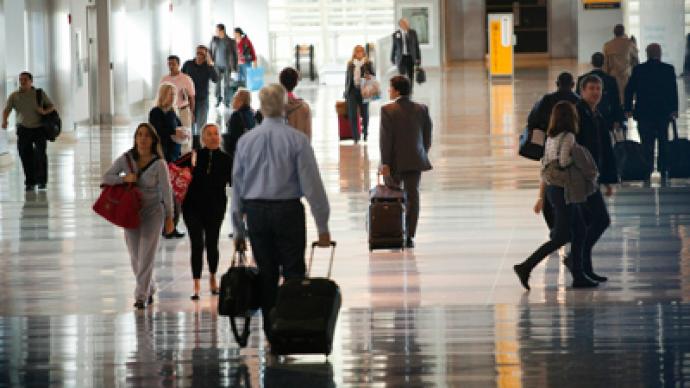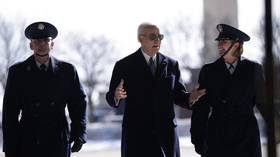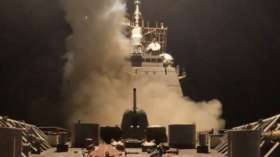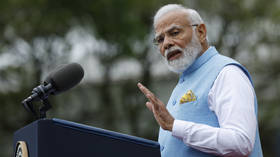American airports to kick-start global epidemic

The release of any infectious disease into the wild could quickly spawn a serious epidemic if certain factors are afoot. A new study reveals that airports in Hawaii, New York and Chicago could be the main catalysts when it comes to contamination.
Exactly how easily could one deadly contagion be distributed across the entire Earth? Researchers at MIT have published the results of a new study that examines the spread of serious diseases, and their tests suggest that an outbreak exposed to passengers at certain American airports could cause the rest of the world to become quickly vulnerable, more so than if an epidemic is unleashed at any other locales in the States.The team at MIT has published their findings in a new paper, A Metric of Influential Spreading during Contagion Dynamics through the Air Transportation Network, which takes into consideration how, where and why certain illness can spread in the sky. “The spread of infectious diseases at the global scale is mediated by long-range human travel. Our ability to predict the impact of an outbreak on human health requires understanding the spatiotemporal signature of early-time spreading from a specific location,” the scientists write in the paper’s abstract. Researchers add that network topology, geography, traffic structure and individual mobility patterns are all “essential for accurate predictions of disease spreading.” When all of those are taken into account, an outbreak at Honolulu International — a comparably small transportation center on one of the Hawaiian island in the Pacific — is much more likely to spread across the Earth than what that would happen at a more populated and active airport. Honolulu comes in third on their list behind New York’s JFK or Los Angeles’ LAX at first and second, respectively, despite it being substantially less busy. With other factors taken into consideration, though, Honolulu International has a unique set of traits that lets it sit as an impetus for spreading infection.“Specifically, we study contagion dynamics through the air transportation network by means of a stochastic agent-tracking model that accounts for the spatial distribution of airports, detailed air traffic and the correlated nature of mobility patterns and waiting-time distributions of individual agents,” the researchers add. “From the simulation results and the empirical air-travel data, we formulate a metric of influential spreading – the geographic spreading centrality – which accounts for spatial organization and the hierarchical structure of the network traffic, and provides an accurate measure of the early-time spreading power of individual nodes.”Breaking down those big words to the UK’s Guardian, Professor Marta Gonzalez of MIT’s Department of Civil and Environmental Engineering explains that there is indeed a sensible way to understand the importance of Honolulu International. "The spread of a disease is not random, just as human travel patterns are replicable and not random (particularly when taking into account return flights)," Gonzalez says. "We are able to create more accurate models due to our ability to analyze big data."Even though Honolulu pales in comparison, traffic-wise, to other airports, isolating it in some instances could be the step between life and death. The Guardian notes that the airport’s geographical positioning in the middle of the Pacific makes it a likely hub for flights that bring passengers across the ocean from major Asian hubs to those in America. It also regularly works with airlines that engage on long-distance missions and especially ones that are routed to major hubs in metropolitan cities. By facilitating the transport of an infected person over a long period of time in an air-tight aircraft — and to major cities where their illness can quickly spread — Honolulu, right behind JFK and LAX — has an unusual distinction of being able to make or break an international epidemic."This can improve the measures for containing infection in specific geographic areas and aid public health officials in making decisions about the distribution of vaccinations or treatments in the earliest days of contagion," Gonzalez tells the Guardian.















